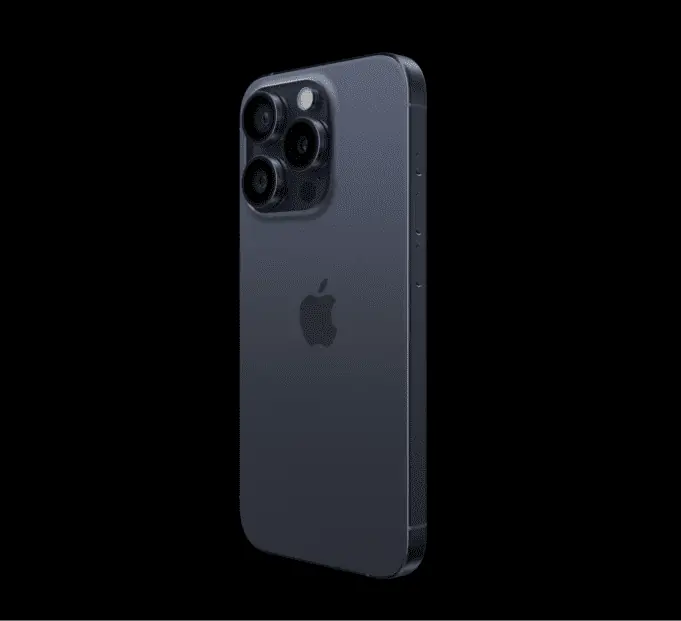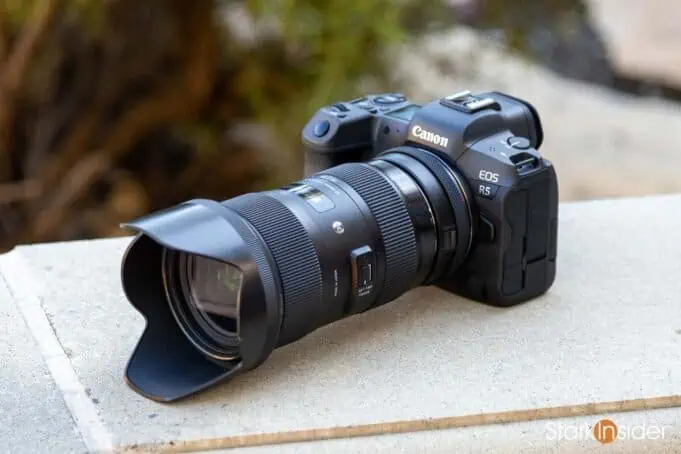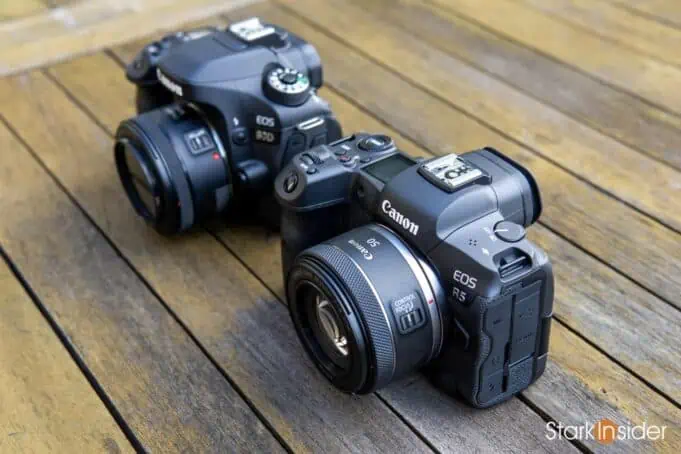For my money, the Canon EOS R5 is still the flagship full-frame camera to beat.
With 8K video, a 45MP sensor, high resolution stills mode (400MP), dual memory card slots, and typically outstanding Canon ergonomics, this is a camera that means business.
Best of all, while still a relatively new model, you can buy one on sale for 23% off retail. At $2,999 USD, the R5 may not be exactly cheap, but for those who make a living shooting video and high-res stills this is a workhorse option well worth considering.
But, What About the Apple iPhone?

I’ve been using an R5 to take high-res reference photos of Loni’s artwork — mostly consisting of oil paintings. I like using RAW to adjust the white balance and various other settings to achieve a near perfect rendering of the original. We can then use those to archive, and print as needed. Having them stored in 45MP RAW format is a great way to maintain a library that can be accessed in the future, or at the very least to be used as a backup, just in case something happens to the actual physical works.
On several occasions I’ve compared the R5 to the iPhone (both an older iPhone XR and new iPhone 15 Pro Max).
The iPhone camera is amazing right?
Well, yes and no.
True, you also get 45MP images. And, you now get ProRAW if you enable that option so you can also use an app like Lightroom to non-destructively tweak output as needed.
But here’s the thing: the iPhone is engineered to be a social media machine first and foremost. This is just my opinion, of course, but I believe Apple wants imagery that really POPS! That means high contrast, high saturation, high sharpness. All the qualities that make a photo (or video) jump out in a sea of sameness.
Meantime those are all the same characteristics that make capturing something like an oil painting absolutely a terrible choice.
Rather, in those situations we want accurate rendering: color matching, subdued but accurate saturation, and overall realism.
When using the Canon EOS R5 I get, for the most part, accuracy in the resulting RAW files.
On the other hand, the iPhone produces a rather garish, overly sharpened, overly saturated, image that requires a lot of toning down in post production.
I would never say the iPhone camera is bad. Far from it. You can do astonishing things with something that easily slides into a pocket or handbag. Computational photography is impressive, and yields impressive results without having to haul around a bag full of heavy lenses.
Yet, I still prefer — any day of the week — the output provided by a mirrorless camera such as the Canon EOS R5.
Canon EOS R5: A Workhorse for Years to Come?

Canon really knocked it out of the park with the R5 in my estimation. Following in the footsteps of the legendary Canon EOS 5D Mark IV was no small task. Canon not only migrated to a mirrorless sensor, but also had to introduce an appropriate new lens mount in the RF. Both feats — while late compared to some of the competition, notably Sony — it achieved to near perfection in execution.
So, yes, the iPhone camera is trendy. As we witnessed in the last, glitzy keynote which was actually shot on an iPhone 15 (but not without a million+ $$$$ in accessories and production crew), Apple wants us to believe. To believe every Hollywood production will someday be shot on iPhone. To believe in its amazing software prowess (which is, indeed, far ahead of camera traditionalists like Canon, Sony, Panasonic, Nikon). To believe… in iPhone.
In reality, though, there’s room for both an iPhone and a traditional mirrorless (or even DSLR!) camera. It just depends on your needs and projects.
If you’re shopping around for a professional grade camera that can go the distance for years to come, one that can capture 4K and even 8K video and high-res stills with a modern lens mount with a massive catalog of glass support (especially if you include EF/EF-S lenses which can be used with an adapter) then there’s no reason not to at least shortlist the Canon EOS R5.


